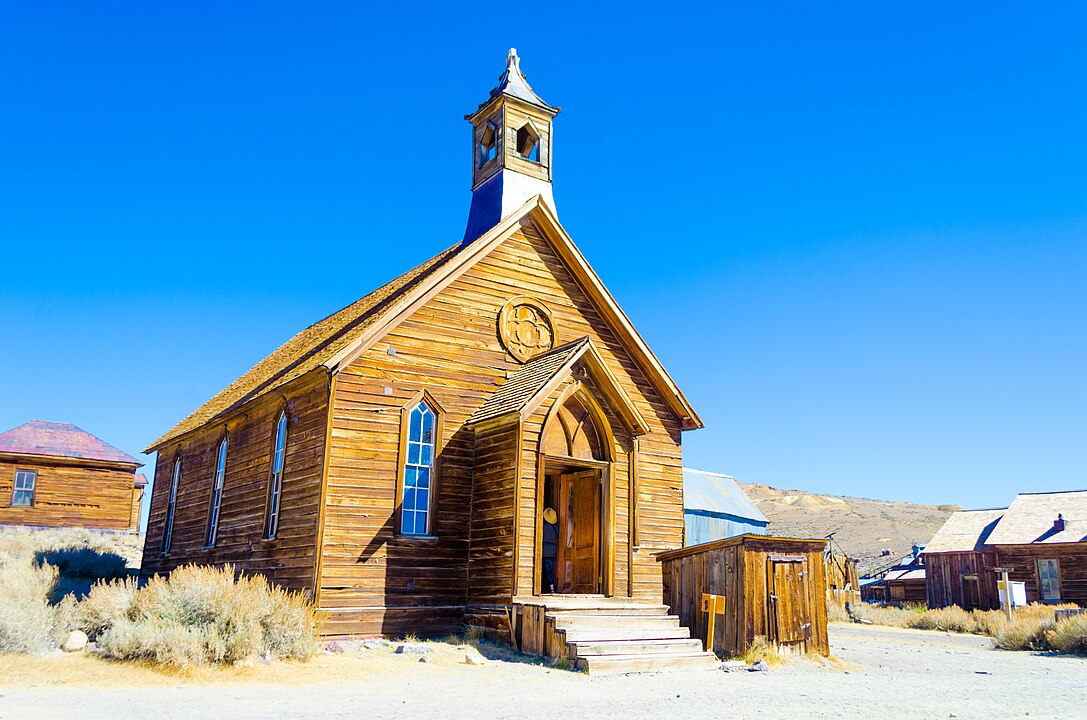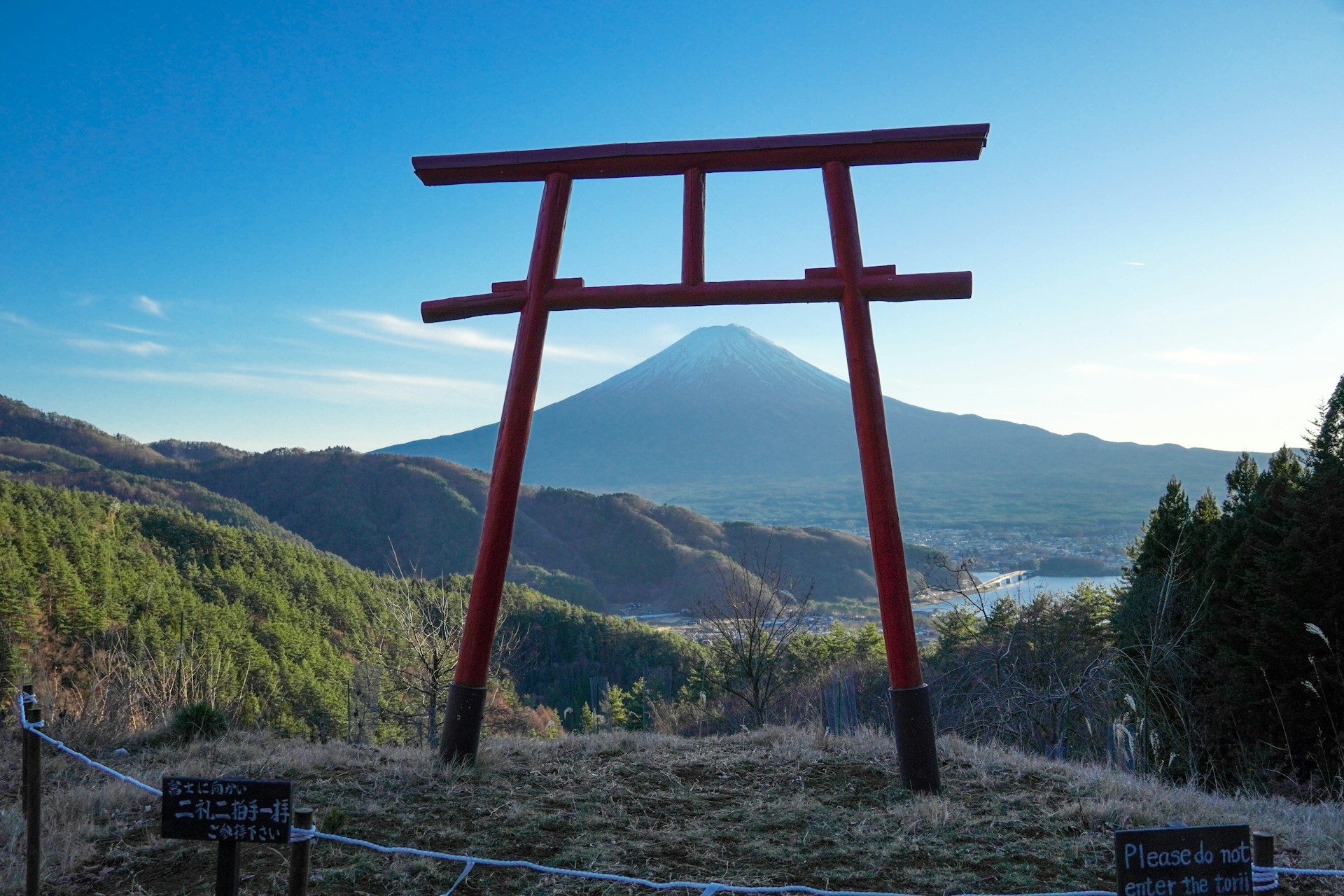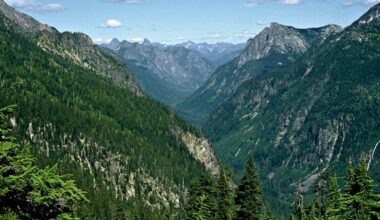Across the United States, once-crowded landmarks now sit in a quieter register: midways without music, sanctuaries without lines, highway side icons with no one pulling over. Each place held a season when it felt essential to family trips, migration stories, local pride, or national mythmaking. What lingers now is texture: peeling paint, sunburned signs, emptied dining rooms, brittle timbers, and echoes of decisions that reshaped how Americans move, spend, dream, and leave places behind.
Chippewa Lake Park, Ohio
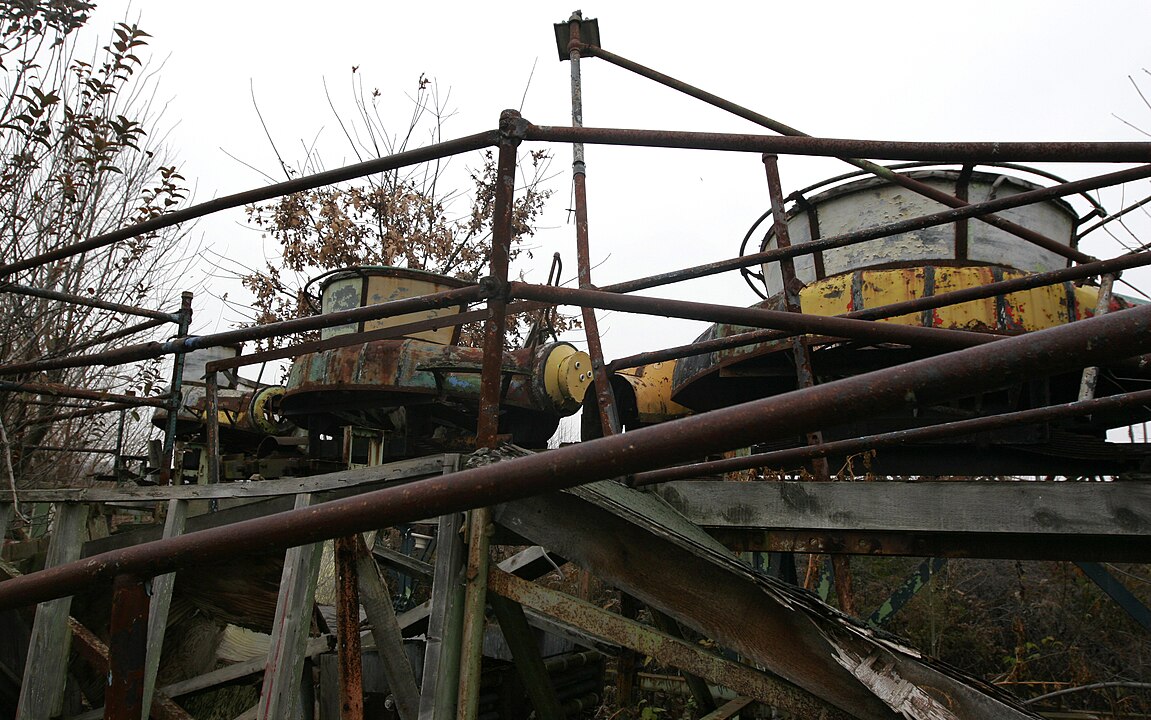
For nearly a century, Chippewa Lake Park packed summers with roller coasters, ballroom dances, waterfront lights, and small-town swagger. When it closed in 1978, the shutdown felt temporary; instead, rides froze in place while trees wrapped their roots through tracks and platforms. Today, rusted machinery, swallowed midway paths, and collapsing facades read like a diary of vanished leisure, where nostalgia hits harder than any jump scare or staged ruin.
Ellis Island Immigrant Hospital, New York/New Jersey
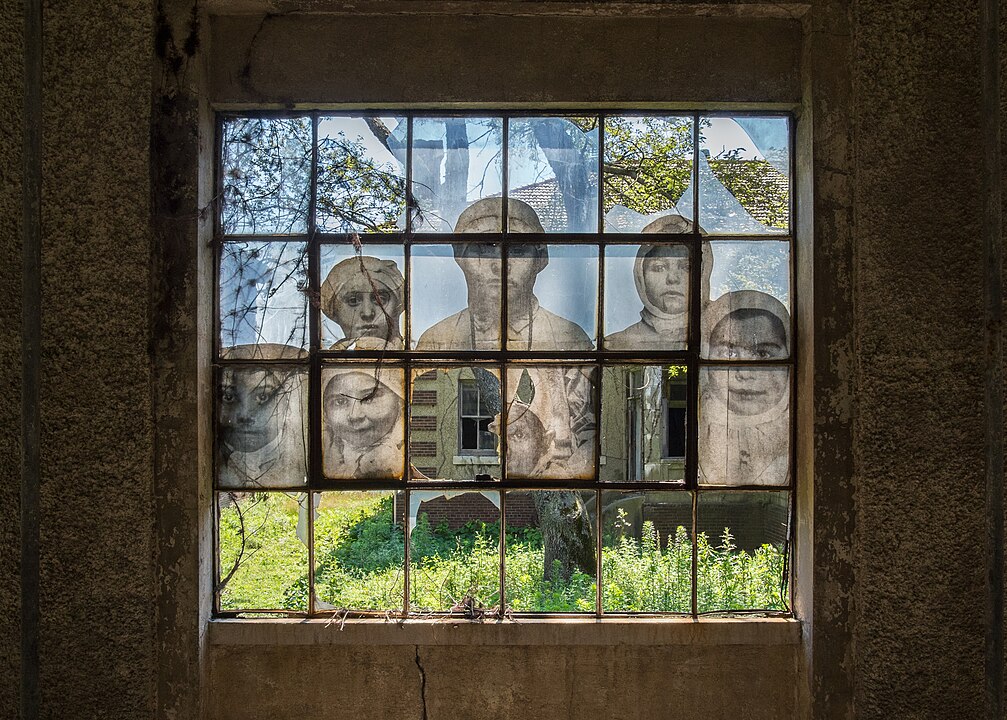
Beside the carefully restored main hall, the Ellis Island hospital complex fades in slow motion. Here, generations of newcomers faced exams, quarantine, recovery, or heartbreak at the threshold of a new life. Empty wards, flaking walls, and glassless windows still frame the harbor that once decided futures. The silence feels heavy, not theatrical, holding layered truths about public health, prejudice, resilience, and who was allowed to step fully onto American soil.
Twin Arrows Trading Post, Arizona
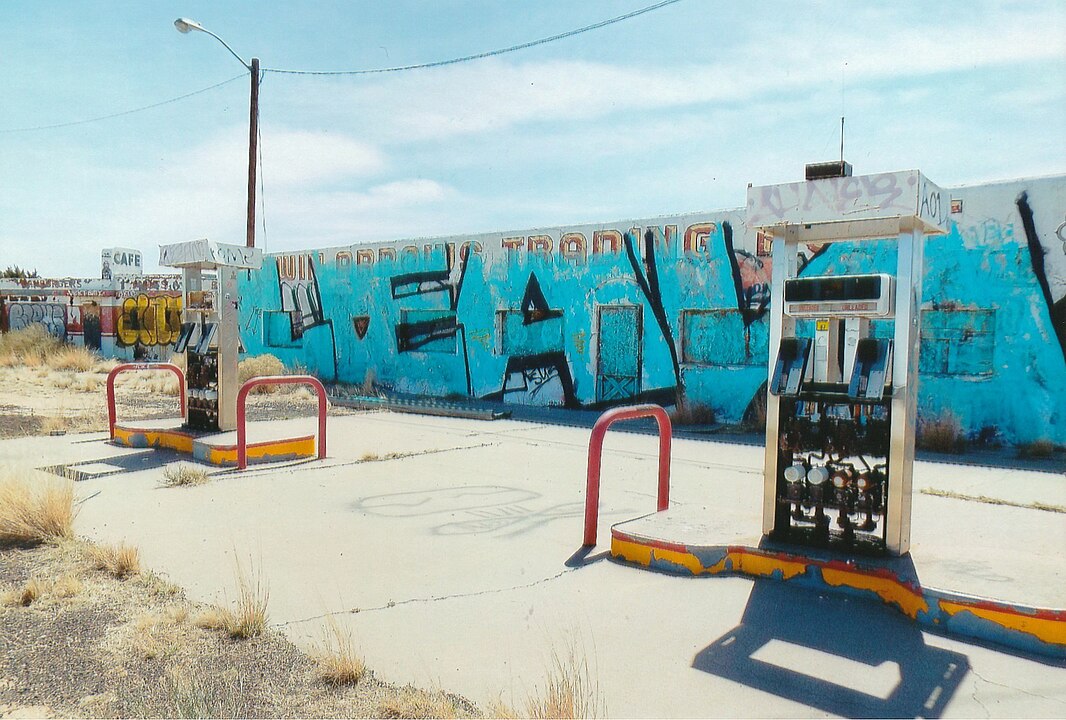
Two towering arrows still stab the high desert sky along old Route 66, guarding a shuttered cafe and gas stop that once pulsed with cross-country traffic. When the interstate stole the flow, the pumps stopped, windows broke, and paint surrendered to sun and dust. The scene now feels strangely intimate: a handmade billboard for a road culture that prized detours, roadside jokes, and human-scale stops more than speed or algorithmic directions.
Linoma Beach, Nebraska
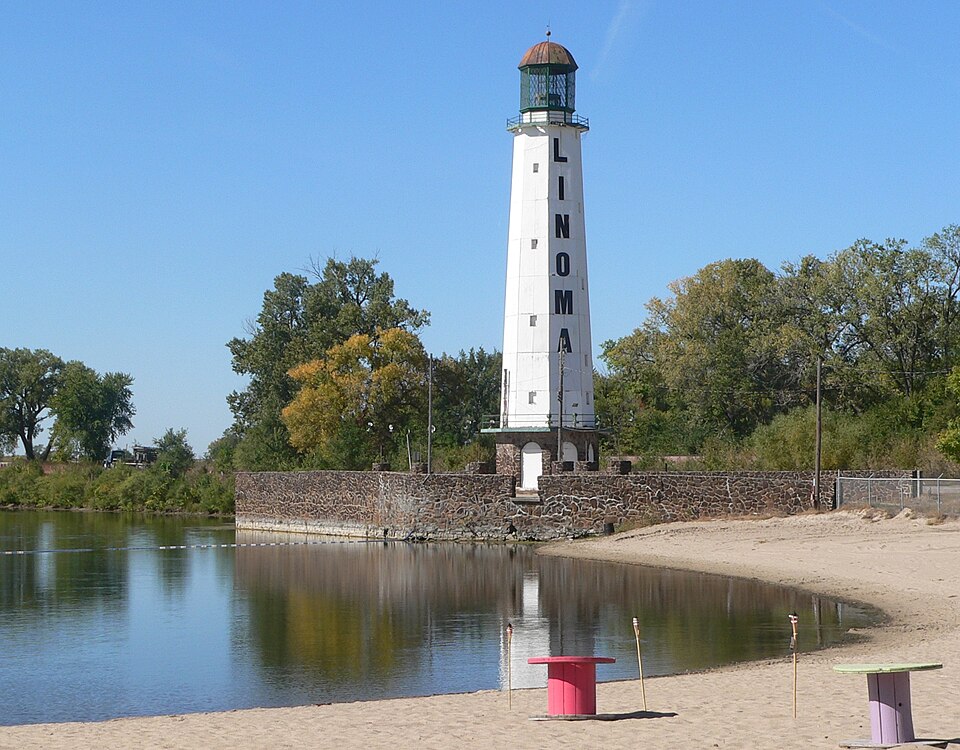
Linoma Beach turned a sandpit along the Platte River into a prairie resort, complete with swimming, dances, cabins, and that distinctive lighthouse tower anchoring summer memory. As tastes shifted to bigger parks and indoor escapes, crowds thinned and upkeep lagged. The shoreline, towers, and scattered structures now feel like a postcard left out in the weather, colors drained but outlines intact, reminding locals how modest places once carried entire seasons of joy.
Bodie, California
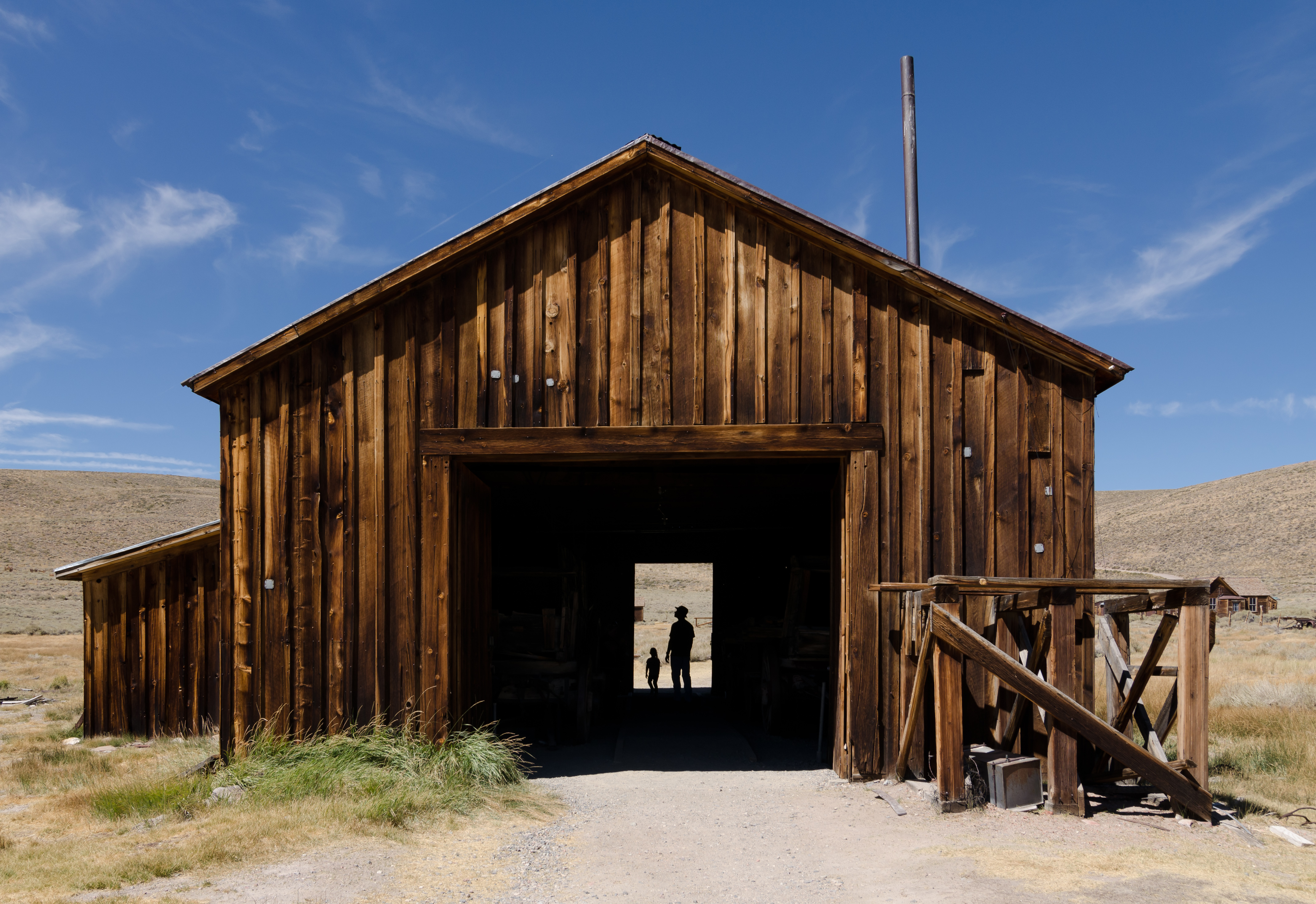
Bodie began as a gold rush boomtown and ended as a study in halted momentum. Saloons, shops, and cramped homes once hammered with noise, greed, and fragile hope. Now preserved in deliberate arrested decay, shelves still hold cans, chairs still face cold stoves, and schoolrooms wait for students who never return. The effect is unsettling but honest, showing how fast ambition burns through landscapes and how long the shell of that ambition can linger.
Joyland Amusement Park, Kansas
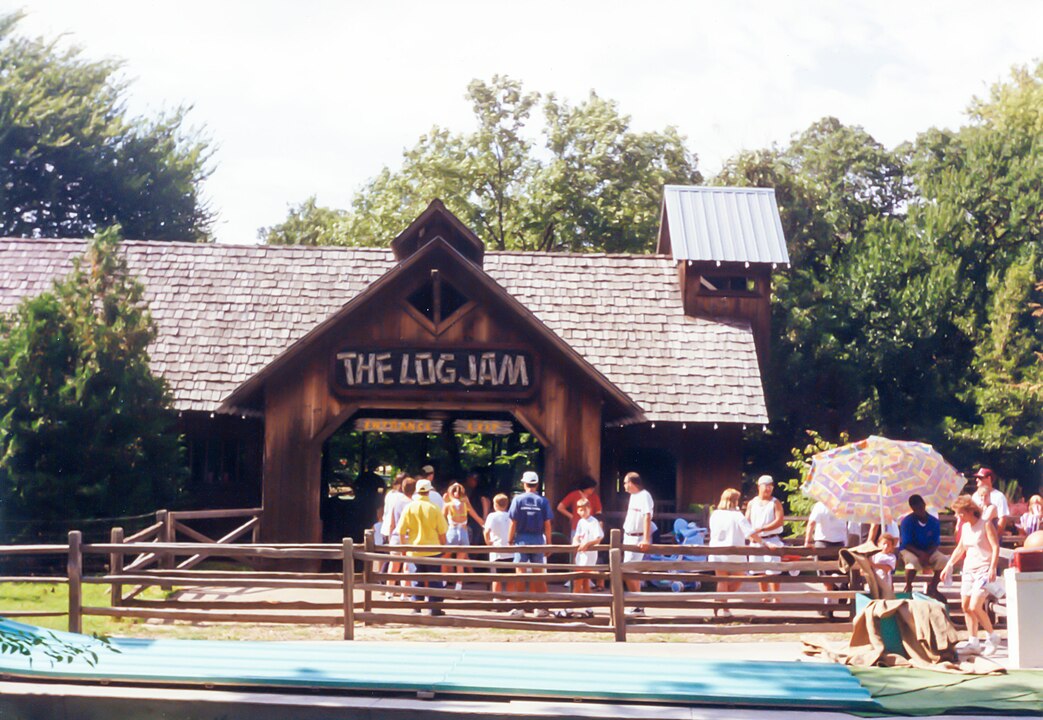
Wichita’s Joyland delivered classic thrills: a wooden coaster, spinning rides, neon signage, and the giant clown marquee that every local kid recognized on sight. Mechanical problems, mounting costs, and neglect slowly drowned it. After closure, graffiti and scavenging did what time alone could not, peeling away color and comfort. The surviving fragments feel strangely tender, like forgotten props from a family story no one finished telling out loud.
Scotty’s Castle, California
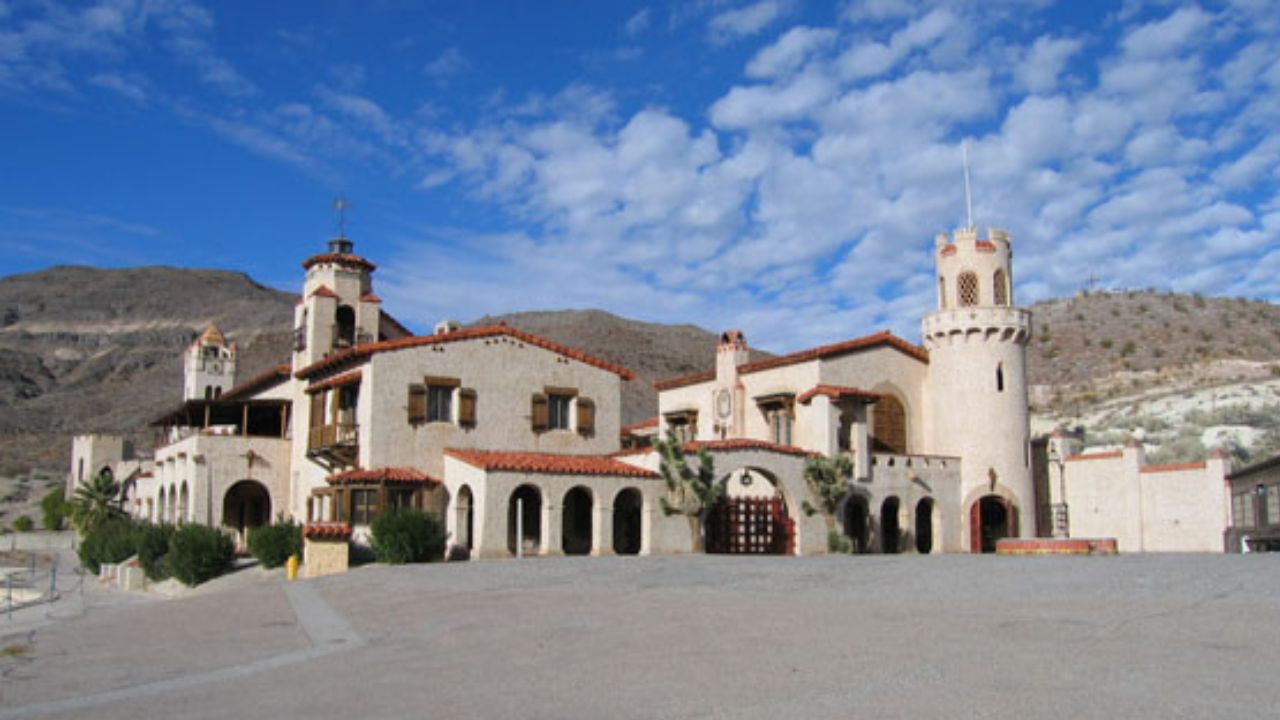
Scotty’s Castle rose from Death Valley as a strange collaboration of money, myth, and desert spectacle, mixing lush interiors with tall tales about gold and friendship. For decades, visitors wandered shaded courtyards and cool rooms while guides kept the legend alive. Flood damage and safety concerns shut the doors, leaving ornate tiles, organ pipes, and painted beams mostly unseen. The compound now rests behind barriers, its voice softened, waiting on patience and funding.
The Donut Hole, La Puente, California

The Donut Hole turned breakfast into roadside theater, sending cars straight through massive concrete donuts for coffee and a paper bag of pastries. It captured a playful California confidence that architecture could be literal, fun, and unforgettable. As traffic patterns shifted and businesses cycled, the drive-through energy drained away. The towering rings remain, still photogenic, now more monument than marketplace, hinting at a time when small delights shaped daily commutes.
Lake Dolores Waterpark, California
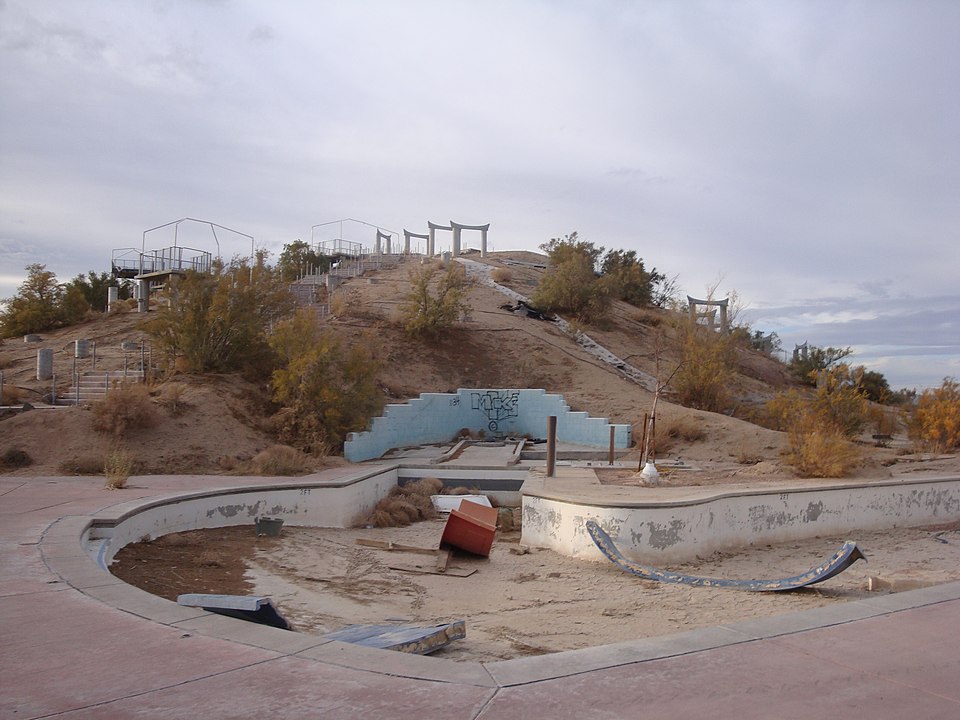
Lake Dolores tried to sell the Mojave Desert as a water-soaked thrill, with slides, cable rides, and lakefront chaos pulling in road-trippers between nowhere and somewhere. The remote location, injuries, and rising costs turned each revival attempt into a shorter chapter. What remains is a skeletal playground: concrete pools, busted stairs, spray-painted flumes, all humming quietly under heat and wind, proof that ambition without grounding can leave beautiful wreckage behind.
Sutter’s Fort, Sacramento, California
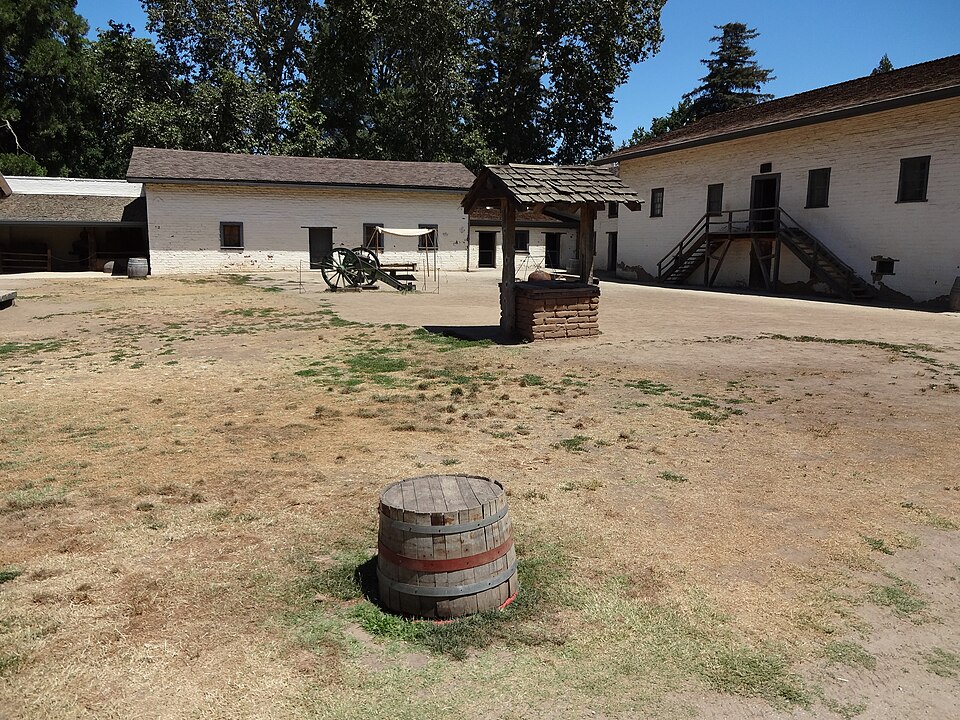
Sutter’s Fort once stood at the crossroads of trade, migration, and fragile colonial power, shaping early California well beyond its walls. Restored rooms, tools, and courtyards still tell those stories, yet foot traffic has thinned as travelers chase flashier draws. Long quiet stretches let creaking gates and distant city sounds overlap. The site feels thoughtful, holding both pride and reckoning for how settlement, labor, and dispossession intertwined at the state’s foundation.
St. Thomas, Nevada
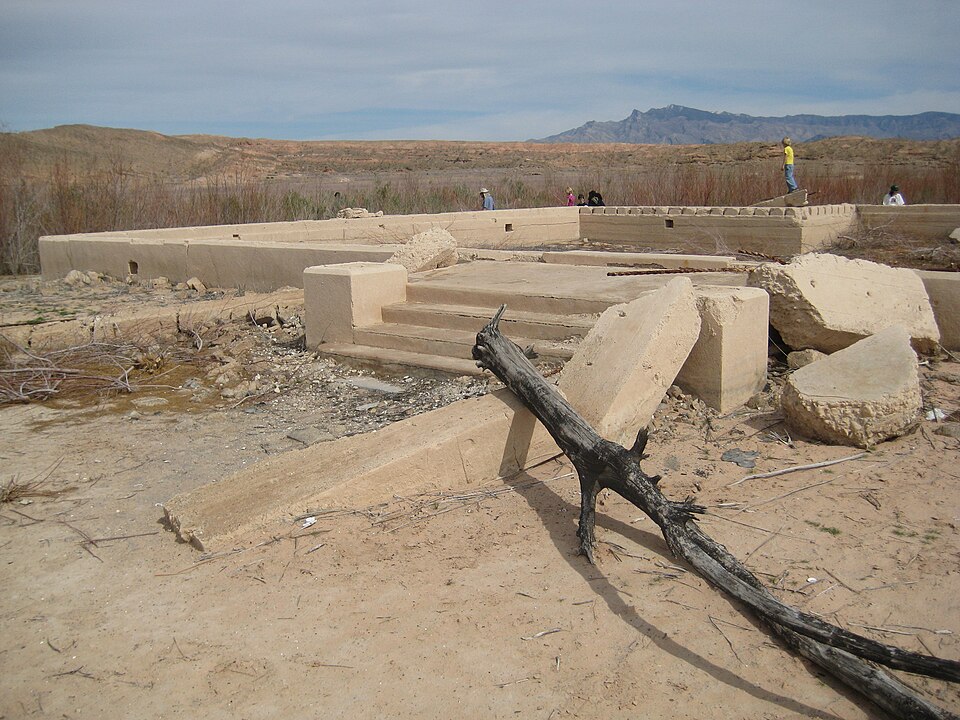
St. Thomas was surrendered to rising waters as Lake Mead filled, families watching homes, orchards, and a church slip underwater for the sake of progress. Years of drought pulled its bones back into view: foundations, paths, and relics stitched into cracked mud. The ghost town now appears and recedes with reservoir levels, tying memory to climate and infrastructure, and turning each exposed brick into a reminder that sacrifice is never fully permanent.
McDonald’s No. 1 Store Museum, Illinois
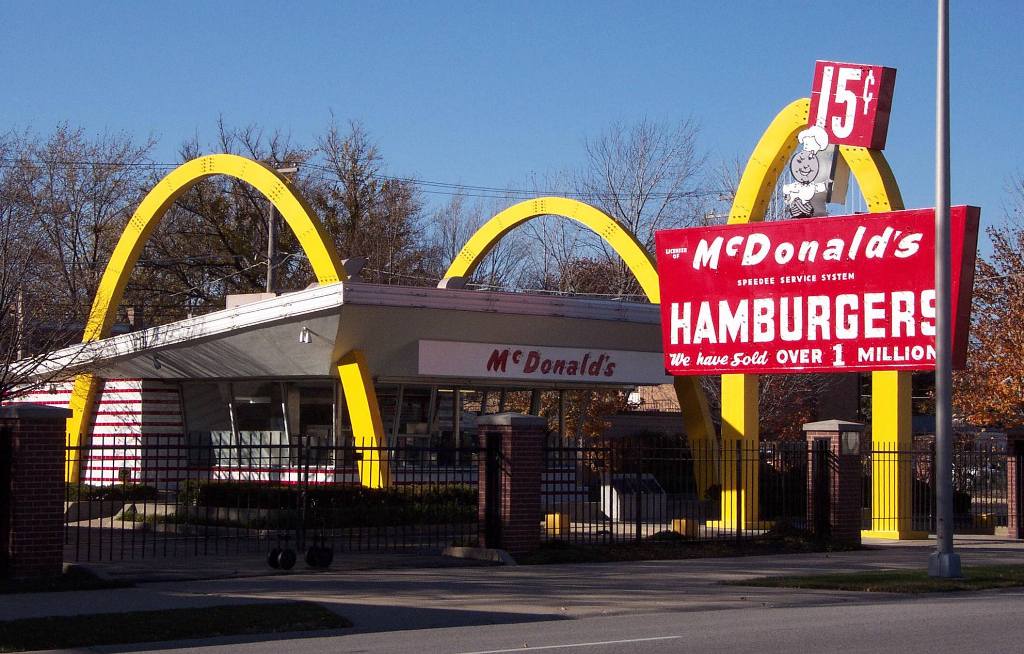
On this corner, an early McDonald’s model crystallized assembly-line burgers, car culture, and a tidy vision of American convenience. The replica museum later displayed stainless equipment, neon arches, and curated nostalgia. As corporate branding moved on and visitors waned, doors closed and the space dimmed. Its quiet presence feels almost ironic: the birthplace energy of a global system reduced to an overlooked footnote in a landscape it helped transform.
Whiskey Pete’s, Primm, Nevada
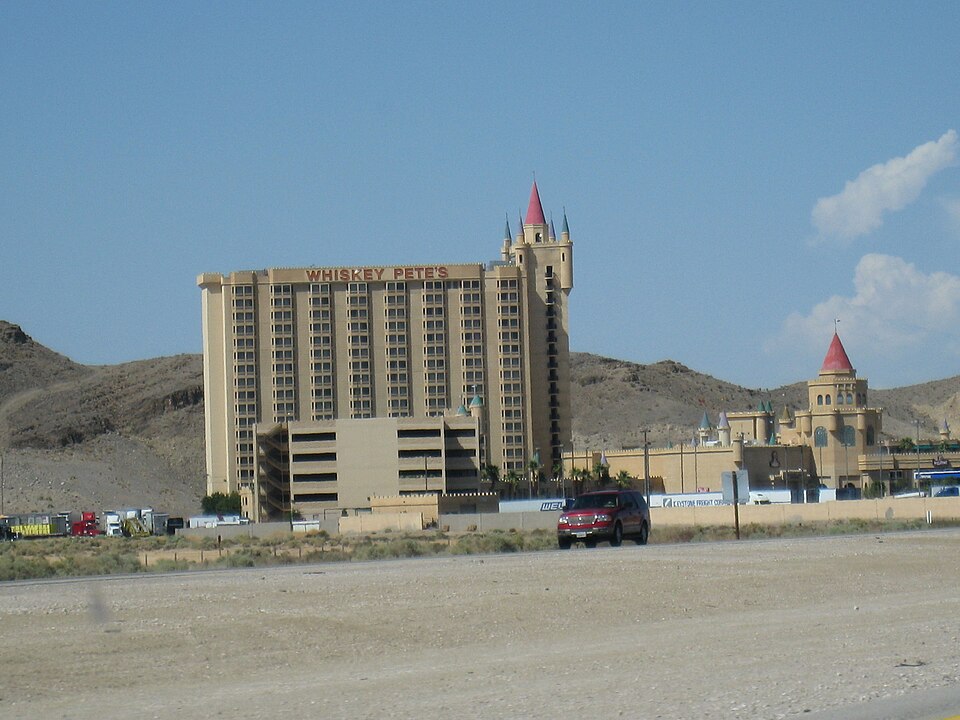
Whiskey Pete’s once hooked drivers at the California-Nevada border with cheap rooms, an outlaw backstory, and a carnival of slots under kitschy Western trimmings. Over time, shinier resorts, changing habits, and uneven upkeep bled away its urgency. Today, long hallways, dim gaming floors, and half-forgotten displays feel like walking through a themed memory of another gambling era, still open but strangely suspended between novelty and nostalgia.
Six Flags America, Maryland
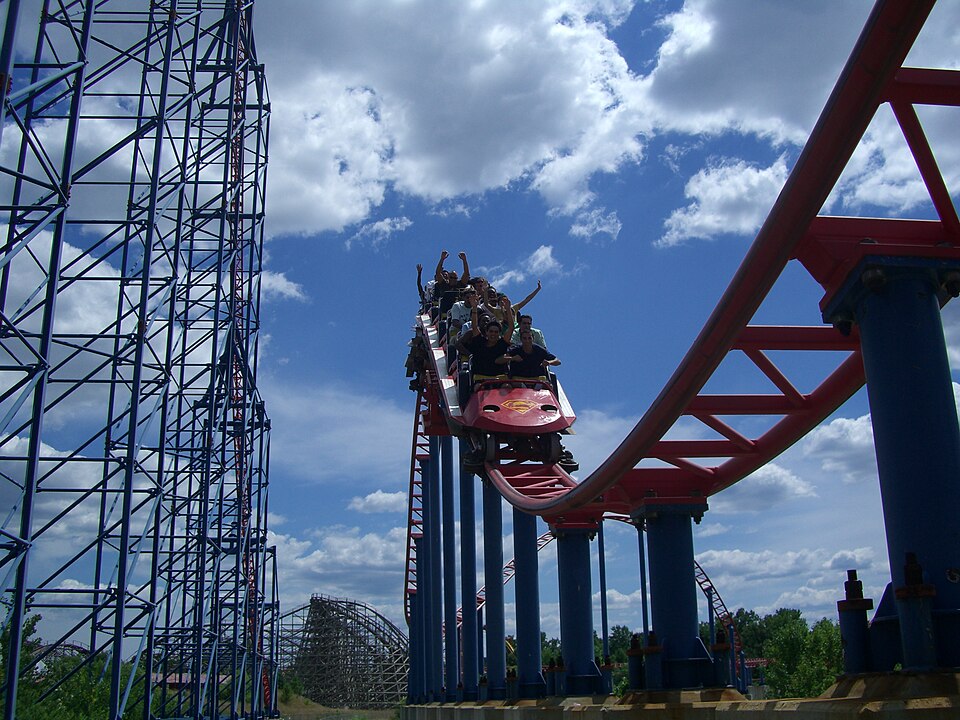
Six Flags America operates, but often feels underfilled compared with its own promises. Paths built for heavy summer crowds can sit open and echoing, with aging coasters and closed sections hinting at deferred decisions. On some days, trains launch with only a handful of riders, turning major attractions into almost private spectacles. The result is a living landmark drifting toward ghostly status without ever fully shutting down its gates.
Rock-A-Hoola Waterpark, California
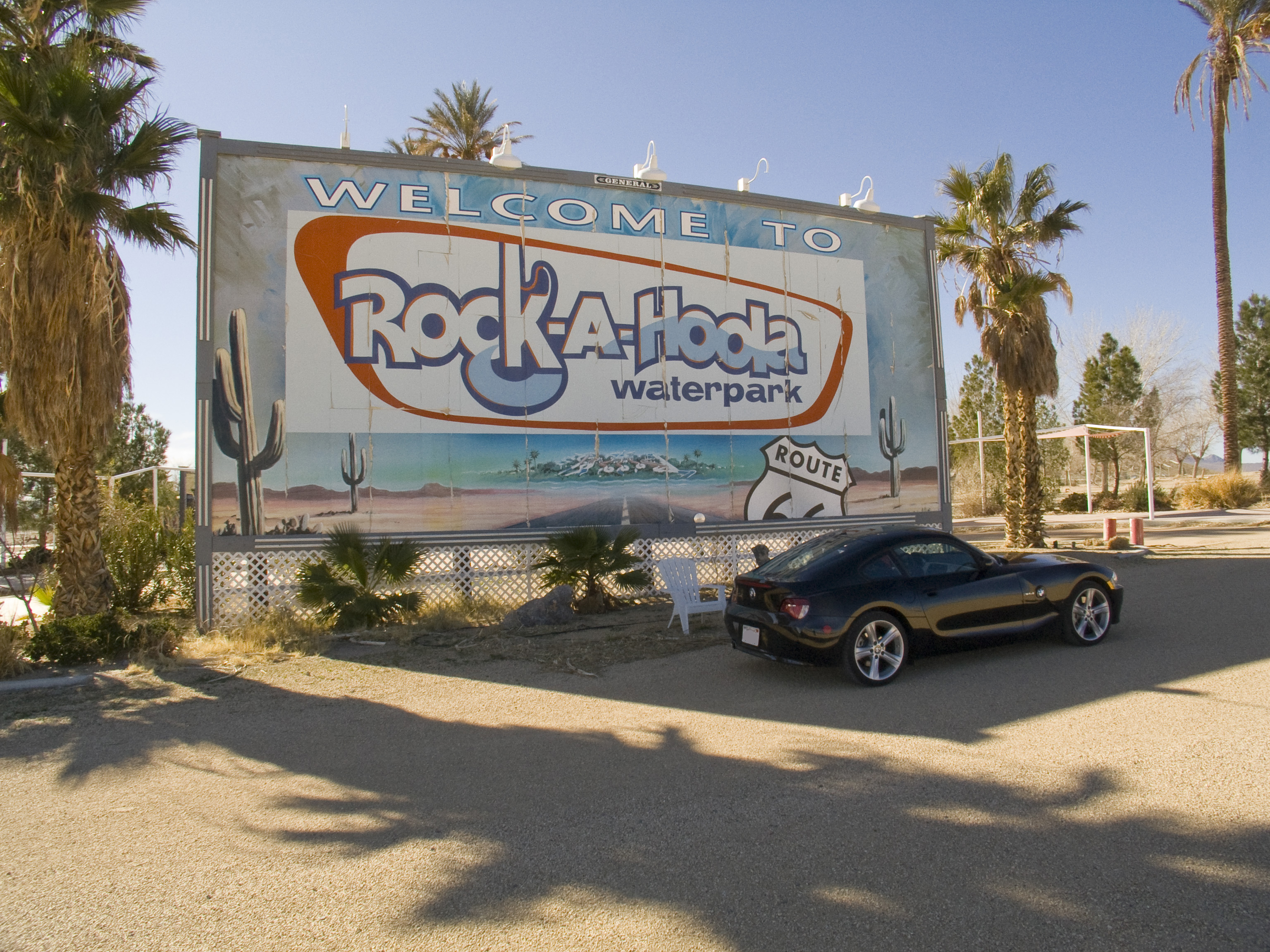
Rock-A-Hoola tried to resurrect the Lake Dolores dream with neon, rock-and-roll branding, and fresh slides in the late 1990s. Lawsuits, injuries, and harsh economics crushed the revival quickly. Now, empty pools, toppled signs, and tagged flumes sit beneath a wide desert sky, layered over their predecessor’s remains. The place feels like a sequel that understood the nostalgia but misread the math, leaving a double exposure of optimism and abandonment.
